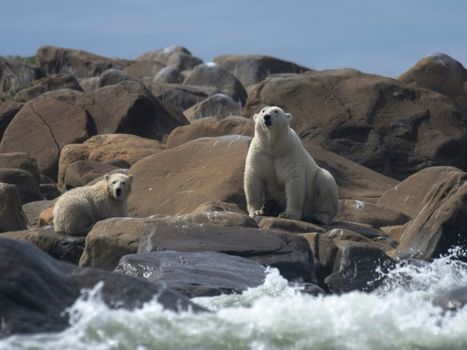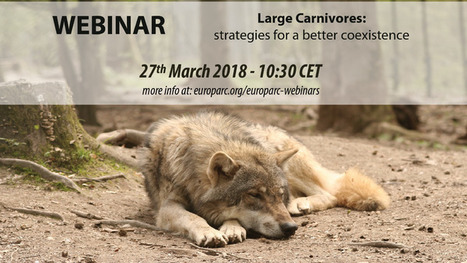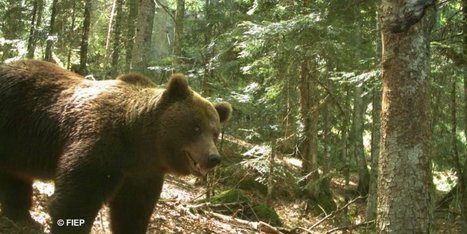Quantifier l'impact d'une certaine quantité d'émissions de gaz à effet de serre sur les ours polaires n'avait pour le moment jamais été fait.
Research and publish the best content.
Get Started for FREE
Sign up with Facebook Sign up with X
I don't have a Facebook or a X account
Already have an account: Login
Revue de presse et du net par le Pôle de partage des connaissances S&T de l'Office français de la biodiversité
Curated by
DocBiodiv
 Your new post is loading... Your new post is loading...
 Your new post is loading... Your new post is loading...
|
|













Steven C. AmstrupCecilia M. Bitz,Unlock the Endangered Species Act to address GHG emissions. Science 381, 949-951 (2023). DOI:10.1126/science.adh2280